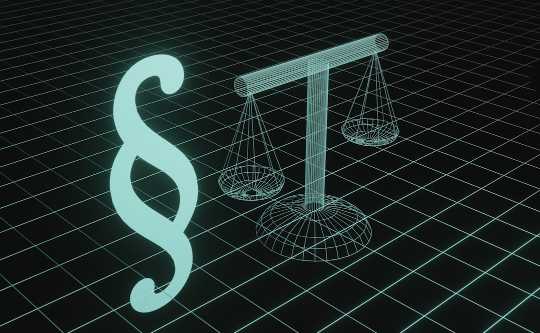Core Stability: Essential or Overhyped?
Core stability is a hot topic in the world of fitness and rehabilitation. Some argue it’s the cornerstone of physical resilience, essential for preventing pain and enhancing performance. Others question its importance, suggesting that its role in pain management and injury prevention is overhyped. Let’s explore the arguments on both sides and provide a balanced perspective on how core training might fit into your fitness or rehabilitation journey.
What is the Core?
The first challenge in discussing core training is defining what the “core” actually is. There’s no universal agreement. Some define it narrowly, focusing on deep stabilizing muscles like the transverse abdominis, multifidus, and pelvic floor. Others take a broader view, including the rectus abdominis (the “six-pack” muscle), obliques, and even muscles in the back and hips.
This variability in definitions makes training “the core” a complex task. It’s not as simple as targeting one specific muscle group; the core is a system of interconnected muscles that work together to provide stability and support during movement.
The Debate Around Core Stability
Core training is surrounded by contentious viewpoints. Here’s a breakdown of where experts agree and where opinions diverge:
| Aspect | Contentious or Not | Summary of Debate |
|---|---|---|
| What the Core Is | Contentious | No consensus on which muscles make up the core. |
| How to Measure It | Contentious | No standardized method for assessing core strength. |
| Training Methods | Contentious | Debate between isolated exercises (planks, crunches) and functional movements (squats, deadlifts). |
| Core & Pain | Contentious | Disagreement on whether core weakness causes pain or if core training alleviates it. |
| Core & General Health | Mostly Agreed | Core training helps support balanced movement and physical resilience. |
| Core & Athletic Performance | Contentious | Some say it’s vital for performance; others see it as one part of overall coordination. |
| Relevance of Core Stability | Contentious | Viewed as important for specific issues but not universally essential. |
| Core for Injury Prevention | Contentious | Debate on whether core strength alone prevents injuries. |
| Core and Functional Movement | Mostly Agreed | Most agree core stability supports everyday movements, though approaches vary. |
The Skeptical View: Is Core Training Overrated?
Some experts argue that core training isn’t as essential as it’s often made out to be. Measuring core strength is difficult, and evidence linking core strength directly to pain or injury is limited. Pain science shows that pain is multi-dimensional, influenced by physical, psychological, and lifestyle factors—not just muscle strength or stability.
From this perspective, core training might help improve movement confidence or comfort, but it’s unlikely to be a one-size-fits-all solution for back pain or injury prevention.
The Case for Functional Core Training
While isolated core exercises like planks or crunches have their place, many common exercises already engage the core naturally. Movements like squats, lunges, deadlifts, and push-ups require significant core activation to stabilize the body during movement. Incorporating these compound exercises into your routine can provide functional core training that mimics real-world activities.
By training the core as part of whole-body movements, you’re not only building strength but also improving coordination and balance in ways that are more applicable to daily life.
Practical Takeaways for Core Training
If you’re wondering how core training fits into your routine, here are a few tips:
-
Combine Core and Compound Movements: Exercises like squats, lunges, and push-ups naturally engage the core while working other muscle groups.
-
Focus on Movement Quality: Good form and controlled movement are often more beneficial than simply increasing intensity.
-
Don’t Rely on Core Training Alone for Pain Management: Pain is multi-factorial, influenced by stress, sleep, and lifestyle. Core exercises can help, but they’re just one piece of the puzzle.
-
Adopt a Balanced Approach: Core training is valuable but should complement other types of exercise, like strength training, cardiovascular activities, and flexibility work.
A Balanced Perspective
Core training isn’t the magic bullet for fitness or pain management, but it can still be a useful tool. By integrating core exercises into a balanced workout routine, you can build strength, improve stability, and enhance movement confidence—all without overemphasizing one part of the body.
We’re Here to Help
If you’re curious about core training or want guidance on how it fits into your fitness or rehabilitation plan, we’d love to help! At TLC Osteopaths, we believe in tailoring advice to your individual needs. Whether you’re looking to prevent pain, recover from an injury, or simply improve your movement, we can guide you toward a balanced approach.
Feel free to book an appointment or just reach out for a chat—we’re here to help you move and feel your best!

